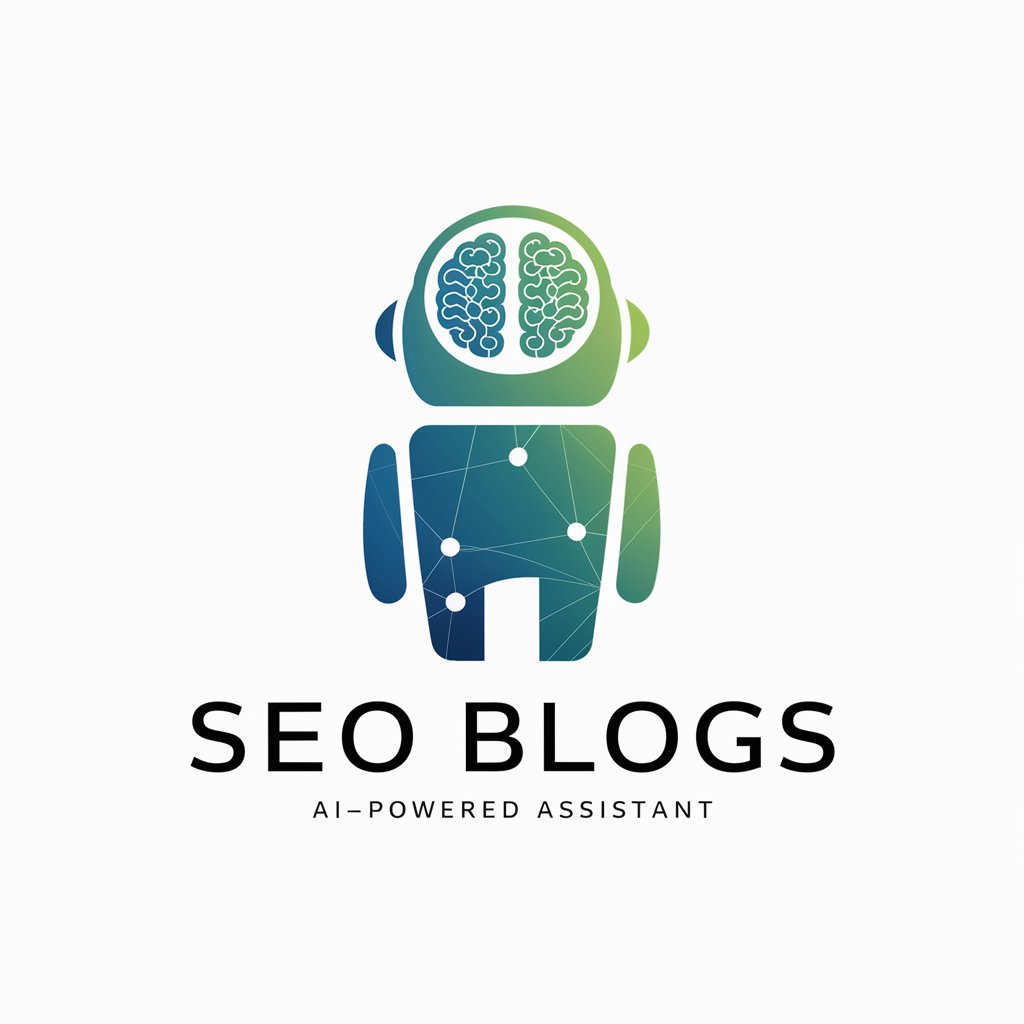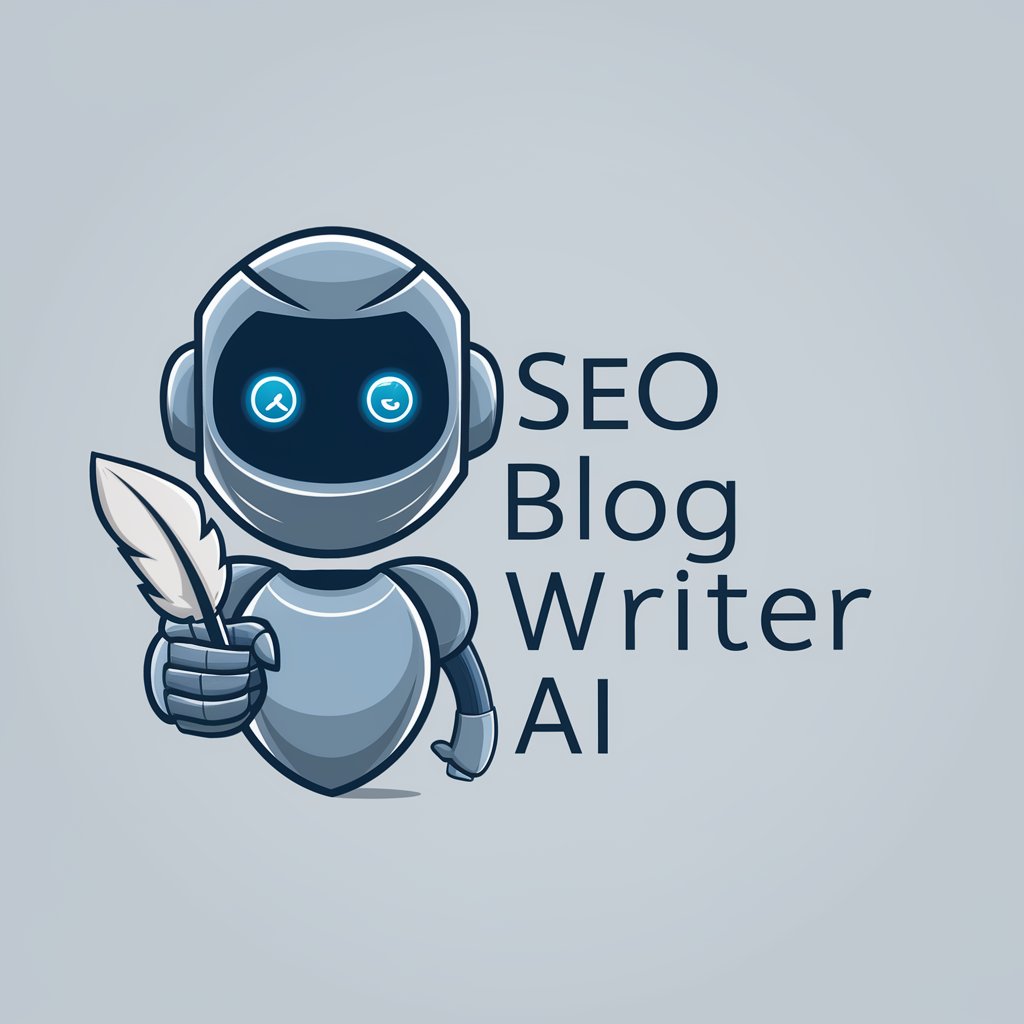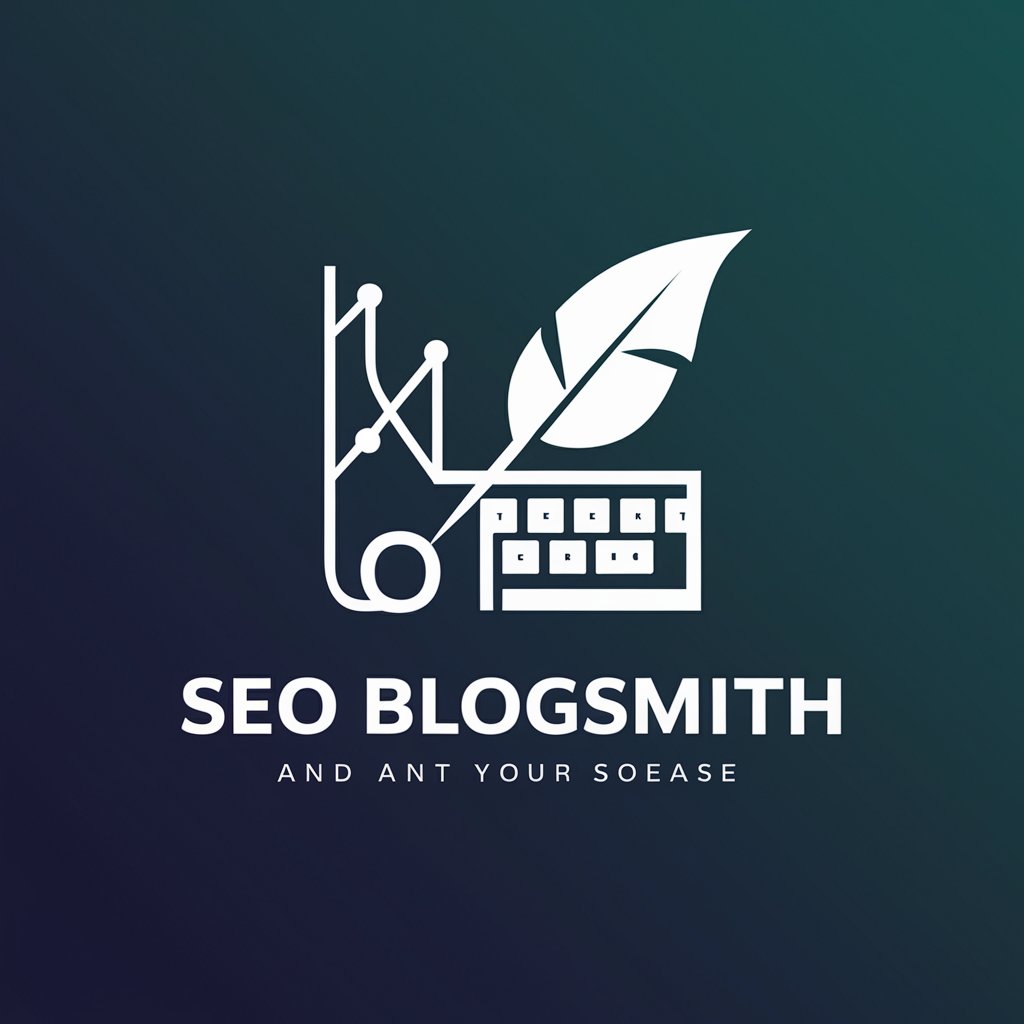
SEO Blog Article - AI-Powered Content Creation
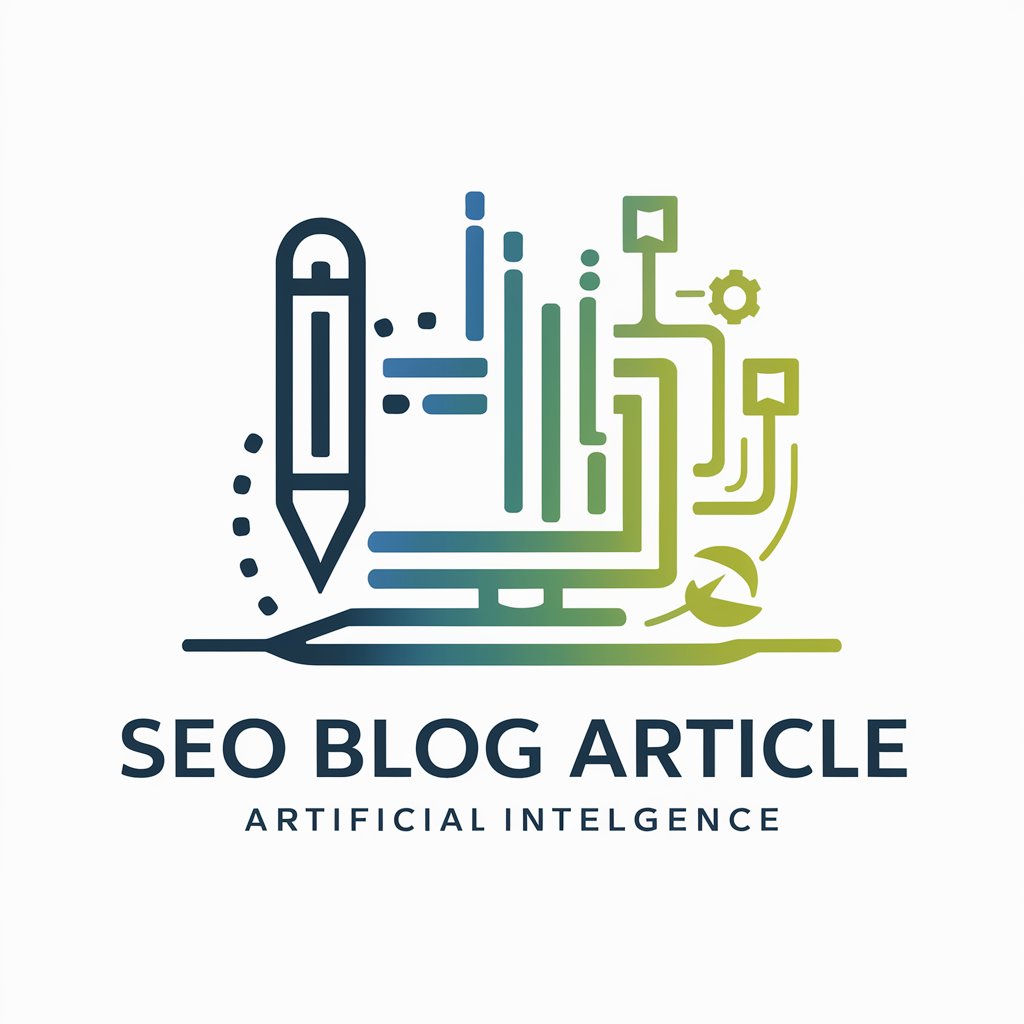
Welcome to SEO Blog Article GPT, your ultimate content creation partner.
Empowering Your Words with AI
Explore the impact of keyword optimization in content marketing and its importance in SEO strategies.
Discuss the role of AI in revolutionizing modern blogging and content creation.
Analyze the benefits of using data-driven insights for enhancing blog performance.
Examine the latest trends in digital marketing and their influence on SEO techniques.
Get Embed Code
Understanding SEO Blog Article
SEO Blog Article is designed as a specialized tool aimed at enhancing the visibility and performance of blog content within search engines. Its primary function revolves around optimizing articles to rank higher in search engine results pages (SERPs), thereby increasing organic traffic. This is achieved through the strategic use of keywords, crafting content that aligns with search intent, and ensuring the text is both engaging and informative. For instance, if a digital marketer is looking to improve the SEO performance of their blog on 'sustainable living practices,' SEO Blog Article would help by suggesting relevant keywords, advising on content structure, and recommending ways to increase readability and engagement. The design purpose is rooted in understanding and leveraging the nuances of search algorithms to benefit content creators, making their work more accessible and appealing to their target audience. Powered by ChatGPT-4o。

Core Functions of SEO Blog Article
Keyword Optimization
Example
Identifying high-traffic, low-competition keywords for 'eco-friendly home products'.
Scenario
A blogger wants to write about eco-friendly home products but isn't sure which keywords will drive traffic without facing too much competition. SEO Blog Article analyzes search trends and suggests keywords that balance traffic potential with competitive feasibility.
Content Structuring
Example
Advising on the use of headings, subheadings, and paragraph length for improved readability.
Scenario
An online magazine struggles with structuring their articles in a way that's both SEO-friendly and reader-friendly. SEO Blog Article provides a template that includes recommended practices for headings, subheadings, and optimal paragraph length, ensuring the content is well-organized and easy to navigate.
Engagement and Readability Enhancements
Example
Suggesting the inclusion of bullet points, images, and interactive elements to boost engagement.
Scenario
A health and wellness website wants to make its articles more engaging for readers. SEO Blog Article recommends incorporating bullet points to break down complex information, adding relevant images, and including interactive elements like quizzes or polls to increase reader involvement and time spent on the page.
Who Benefits from SEO Blog Article?
Digital Marketers
Digital marketers benefit from SEO Blog Article by leveraging its capabilities to craft content strategies that align with business goals, focusing on driving organic traffic and engagement. It aids in understanding audience search behavior and optimizing content accordingly.
Content Creators and Bloggers
Bloggers and independent content creators find value in SEO Blog Article for its guidance on enhancing the visibility of their posts. By optimizing for both search engines and readability, it helps them reach a broader audience while maintaining the quality and authenticity of their voice.
SEO Specialists
SEO specialists utilize SEO Blog Article to streamline their workflow, from keyword research to content optimization. It provides a comprehensive toolkit for enhancing article performance, making it easier to achieve top SERP rankings for their clients or organizations.

How to Use SEO Blog Article
Start with a Free Trial
Begin by visiting yeschat.ai to access a free trial instantly, without the need for signing up or subscribing to ChatGPT Plus.
Identify Your Keywords
Pinpoint the specific keywords or topics you aim to cover in your blog article to ensure the content is optimized for search engines and aligns with your audience's interests.
Define Your Objective
Clearly state the purpose of your article, whether it's to inform, persuade, entertain, or a combination of these. This clarity will guide the content creation process.
Customize Your Content
Utilize the customization features to tailor the tone, style, and complexity of your blog article to match your target audience and content strategy.
Review and Optimize
After generating your draft, review it for SEO elements such as keyword density, meta descriptions, and readability. Make adjustments as needed to enhance search engine visibility.
Try other advanced and practical GPTs
Google Ads Artisan
Craft Winning Ads with AI Power

Social Media Content Strategist
Crafting Your Social Media Success Story

Artikel Meister
Empowering your words with AI

Search Coin Counselor
Empowering Rewards with AI

Cover letter wizard
Craft Your Personalized Application with AI

Scientific Meeting Summarizer
AI-powered Summaries for Scientific Insights
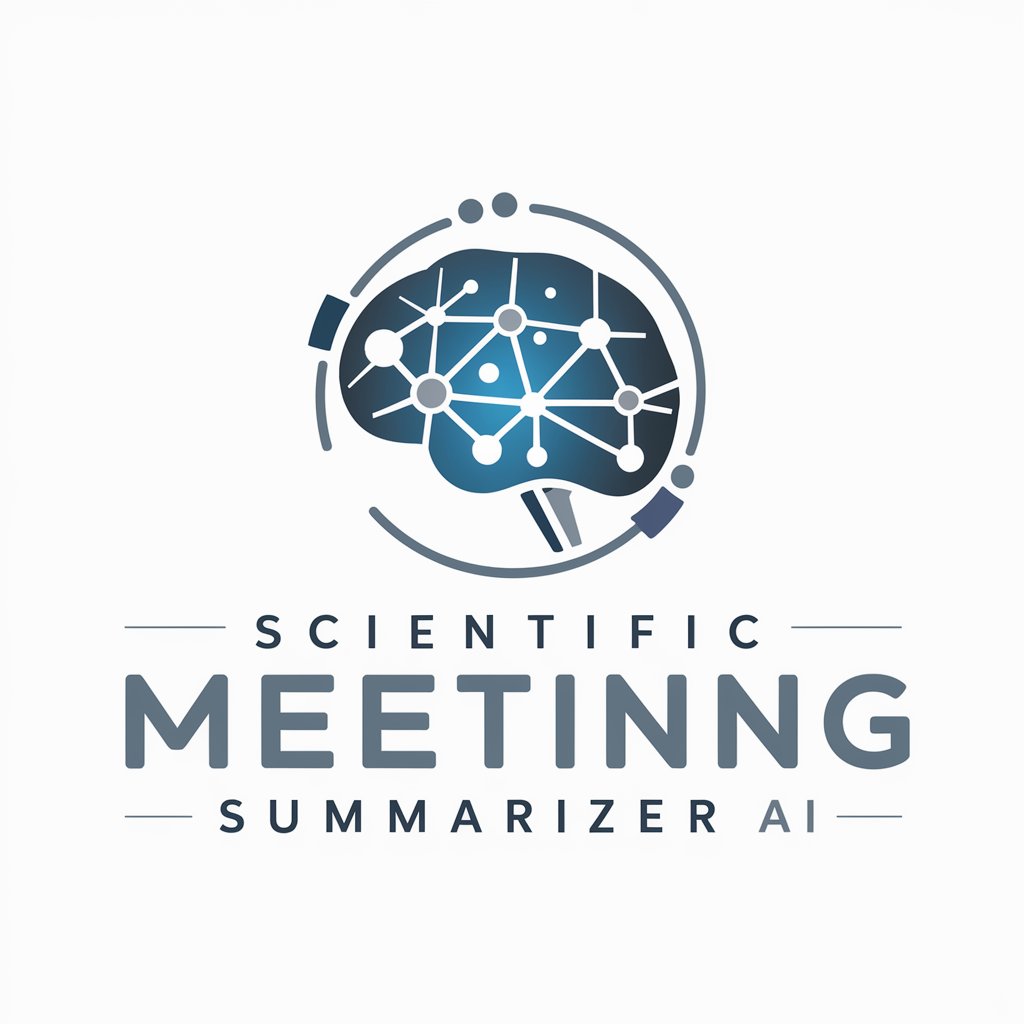
⭐️Coach Marissa - Your Digi-Download Advisor ⭐️
Empowering Etsy Sellers with AI
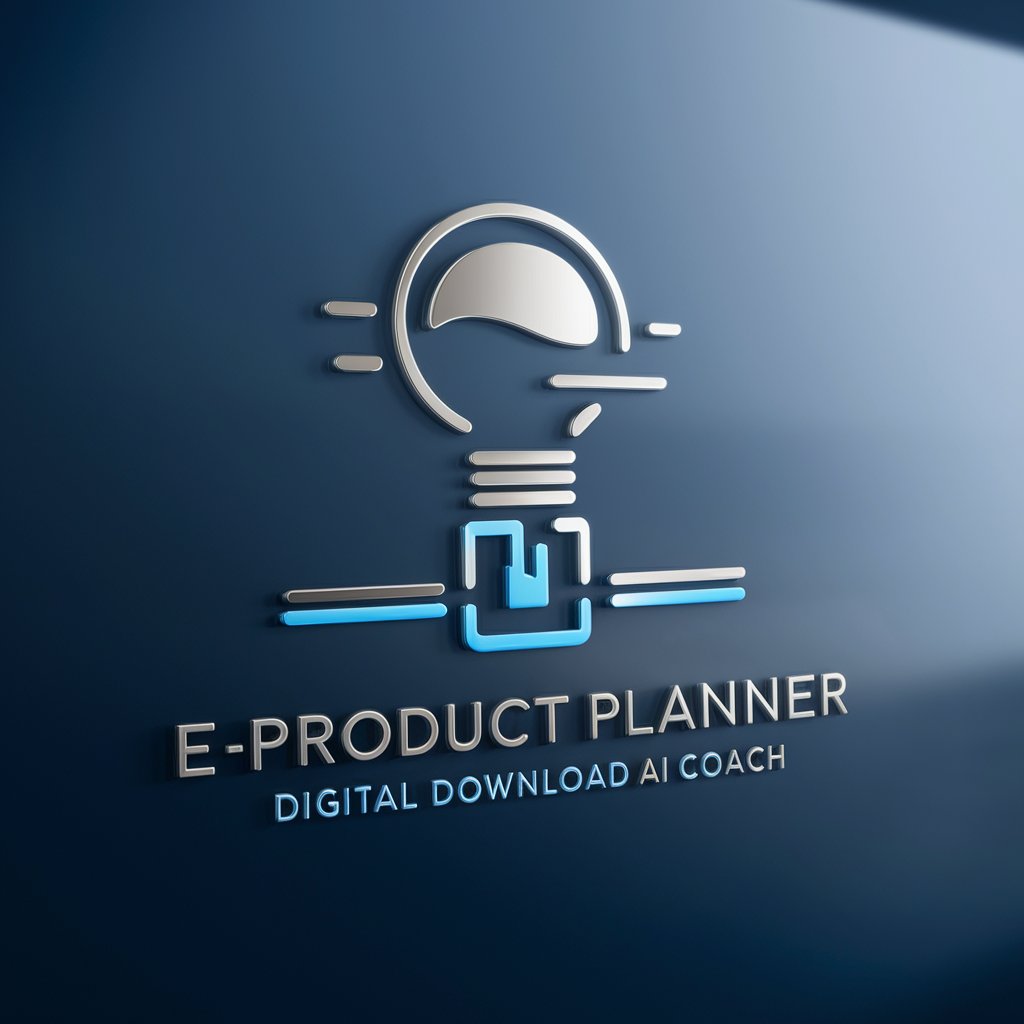
Rebel SalesDeck
Craft Winning Sales Decks with AI
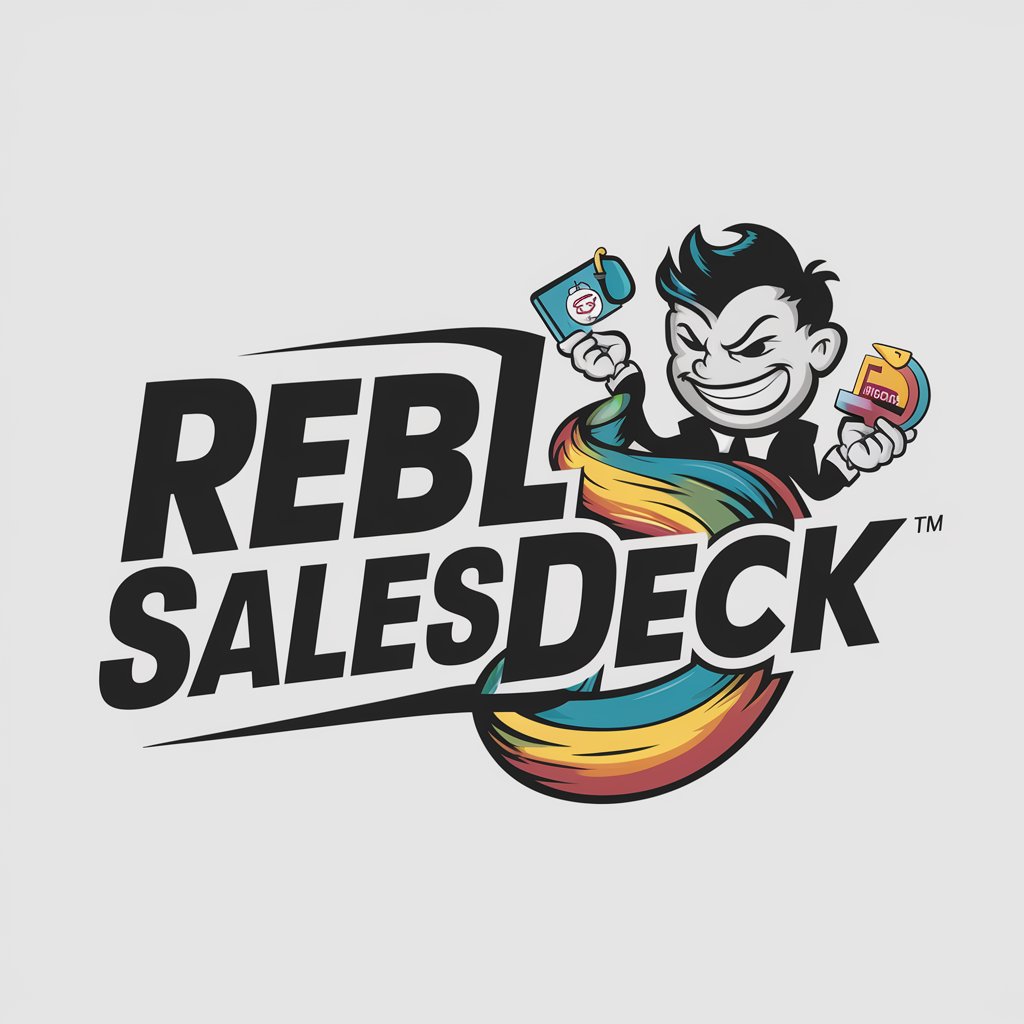
Workday AI Social Post
Empower Your Socials with AI

Social Media Strategist
Empower Your Social Presence with AI

Beloved Brands Master
Empowering Brands with AI Insight

GAIA
Elevate Your Culinary Content with AI

SEO Blog Article Q&A
What makes SEO Blog Article unique in content creation?
SEO Blog Article stands out by leveraging advanced AI to generate content that's not only optimized for search engines but also designed to engage and retain readers with high perplexity and burstiness, ensuring a natural and varied reading experience.
Can SEO Blog Article help with writer's block?
Absolutely. By providing initial prompts or topics, SEO Blog Article can generate ideas, outlines, or complete drafts, helping to overcome writer's block and streamline the content creation process.
Is technical SEO knowledge required to use SEO Blog Article?
No, technical SEO knowledge is not required. SEO Blog Article is designed to incorporate best SEO practices into your content automatically, making it accessible to users with varying levels of SEO expertise.
How does SEO Blog Article ensure content originality?
SEO Blog Article uses a combination of AI-driven creativity and a constantly updated database of information to generate unique, original content tailored to your specific requirements and keywords.
Can SEO Blog Article adapt to different writing styles?
Yes, it can adapt to a wide range of writing styles, from professional to casual tones, making it versatile for various industries, audiences, and content types.


